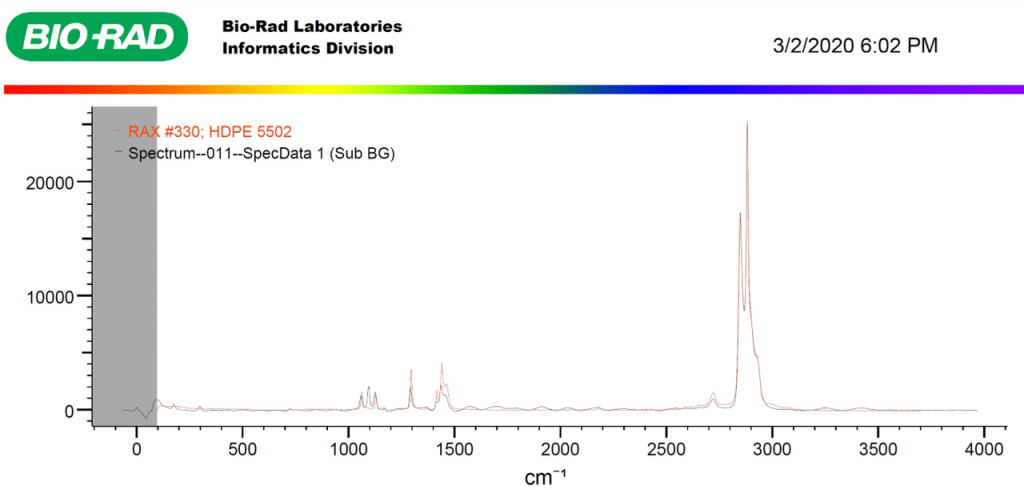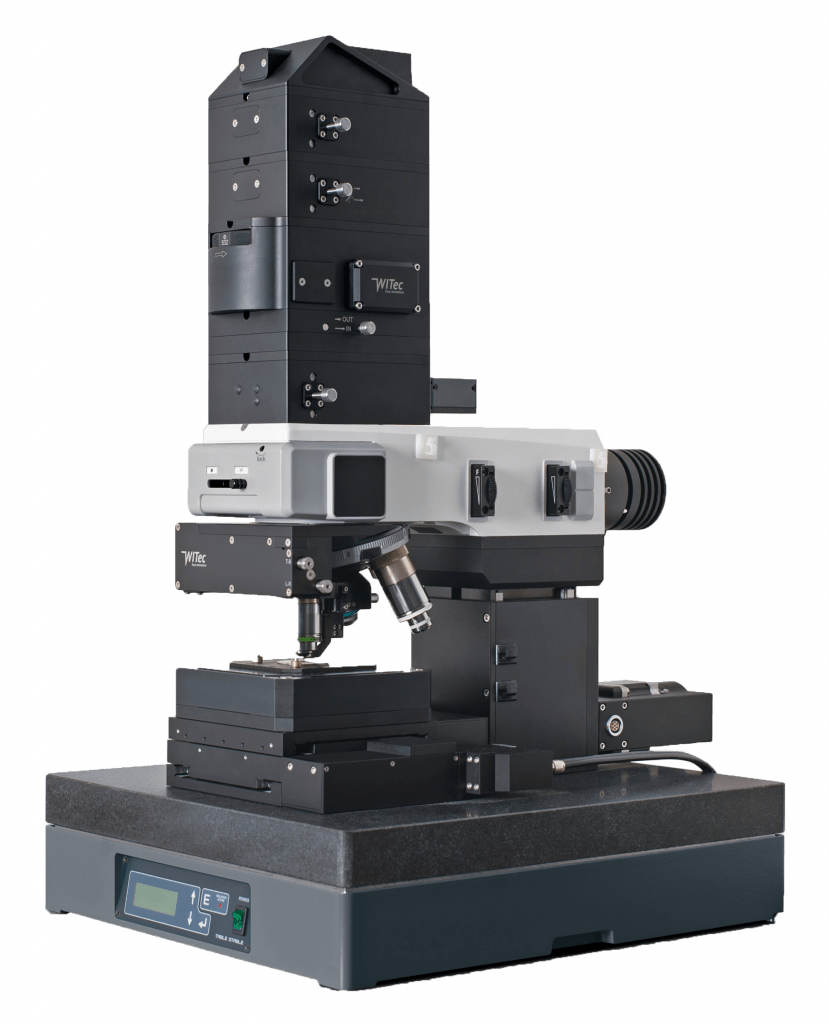Plastic Particle Verification
How do we know what we are looking at is actually plastic?
Our microplastic research up until now has only included visual microcopy to count in the southern end of the Cayuga Lake.
A vital part of microplastic research is counting accuracy. So how do we ensure that what we are counting is plastic. The answer Raman Mass Spectroscopy. Here’s how we do it.

1. Obtain Processed Sample

Before we analyze the particles inside of sample we need to fully process a sample. The image shows what a fully processed sample looks like. All the florencing particles are assumed to be synthetic material.
2. Extract Particle

After we count the sample we identify particles that are larger than 100 um. Particles need to meet the size requirement as there is a limitation to what Raman can pick up. Particles are extracted by using fine point tweezers. They are then placed on a slide with a mounting solution.
3. Raman Analyze Extracted Particle

After extraction we will place particle under a Raman Mass Spectrometer to obtain a spectra. A Spectra is a measurement of wavelength.
4. Wavelength Analysis

After spectra is captured we will run it through a database of reference spectra. Spectra that have similarities will be displayed.
Spectra What?
The animated line is an example of spectra. Spectra have peaks. In terms of Raman the peaks represent the intensity of light. Which in the long run will help us determine if the particle is a plastic or not.
Here's a Real World Example



Project Made Possible By
NSF Materials Research Science and Engineering Centers Program (DMR-1719875)



